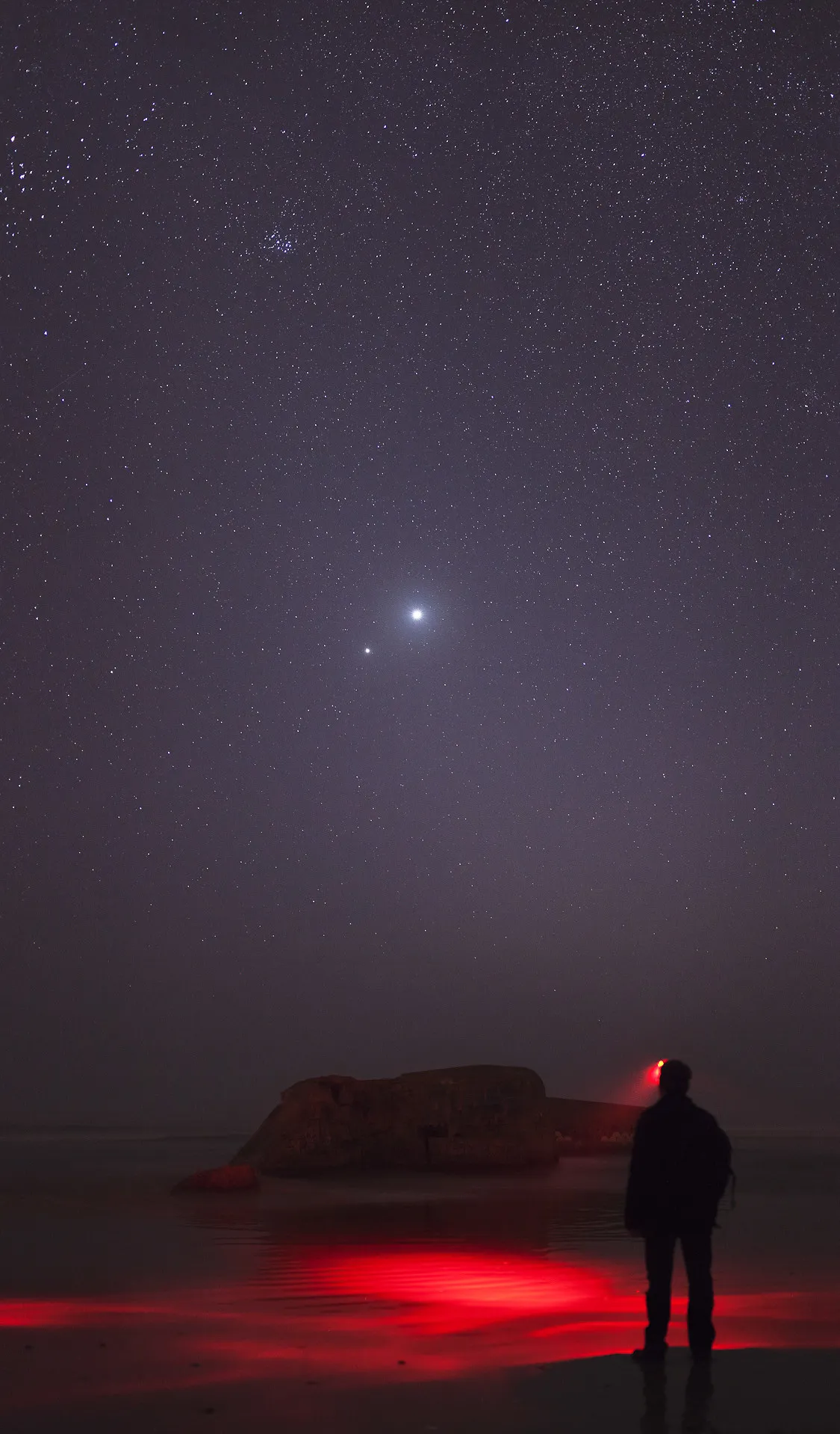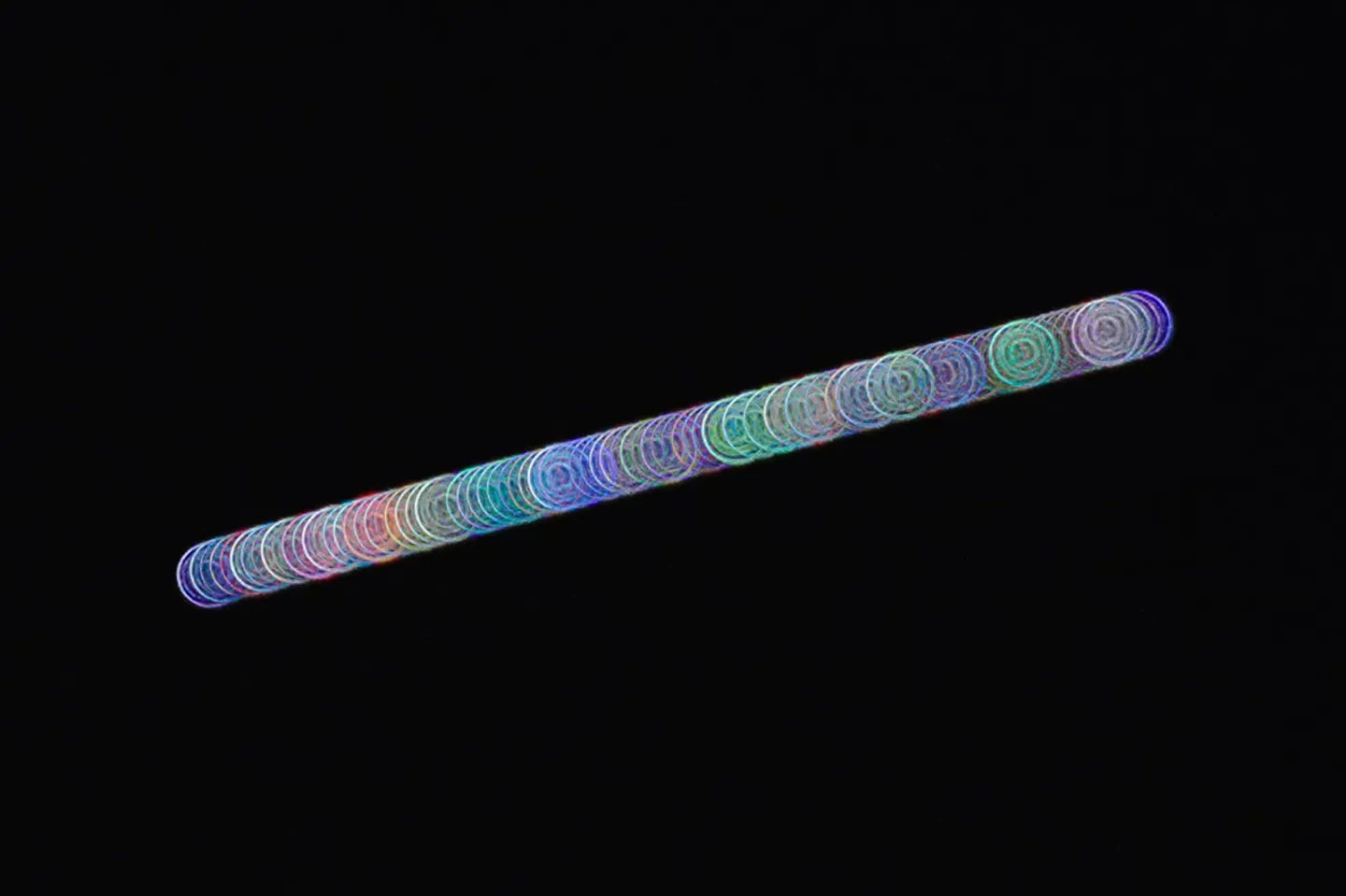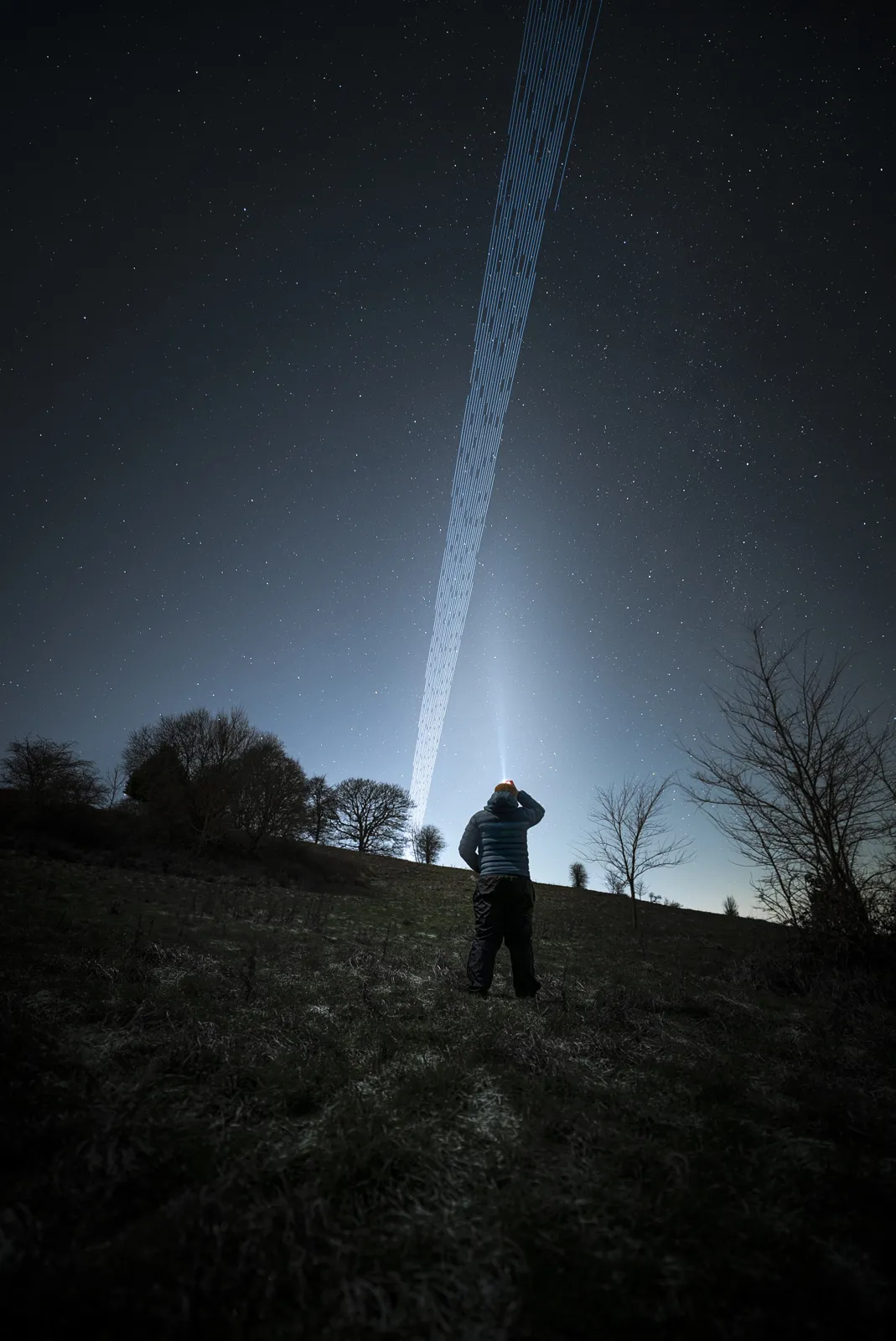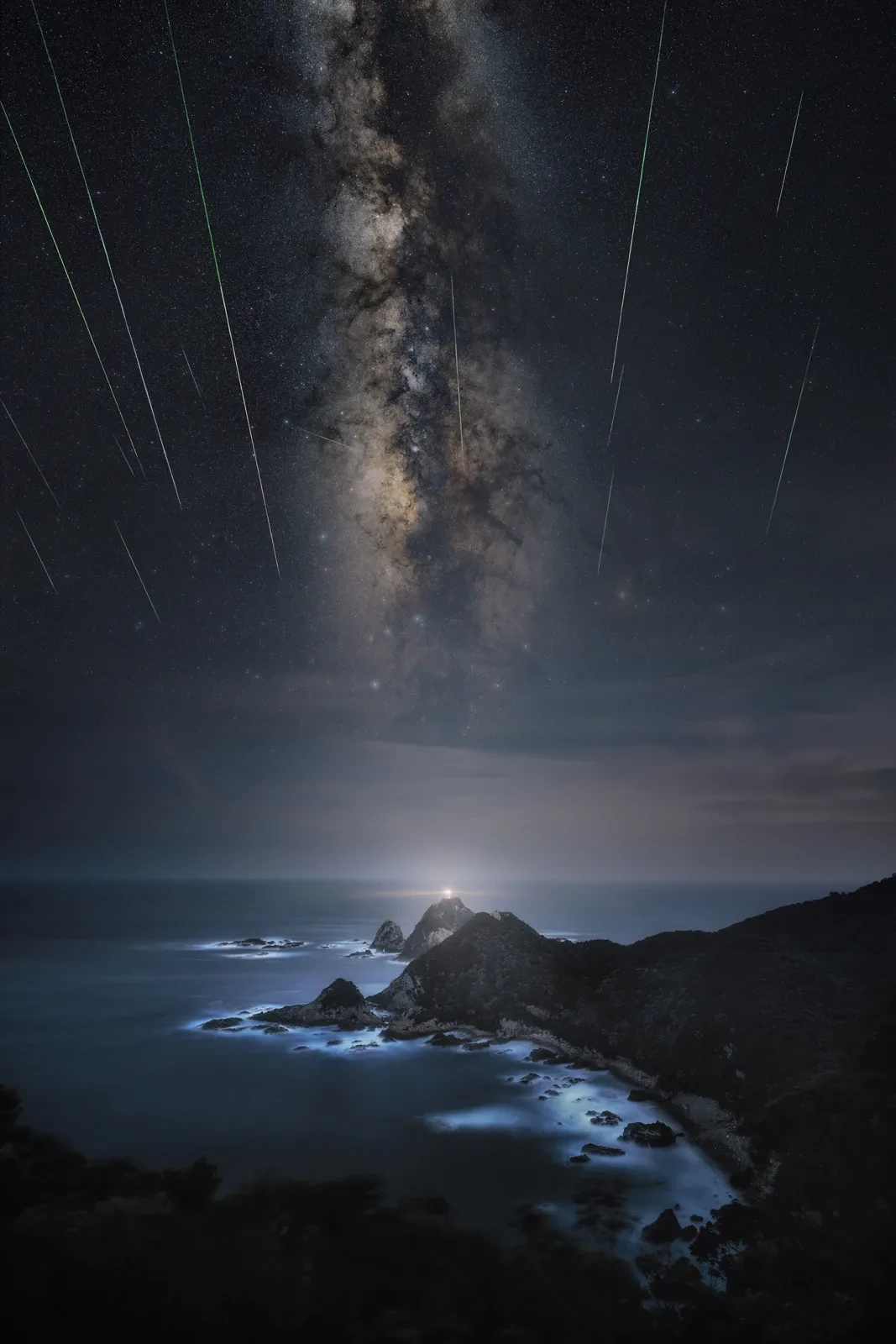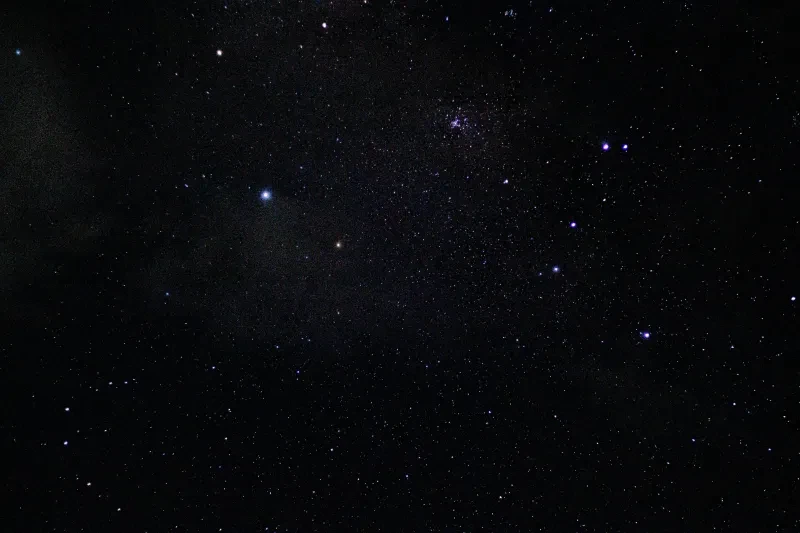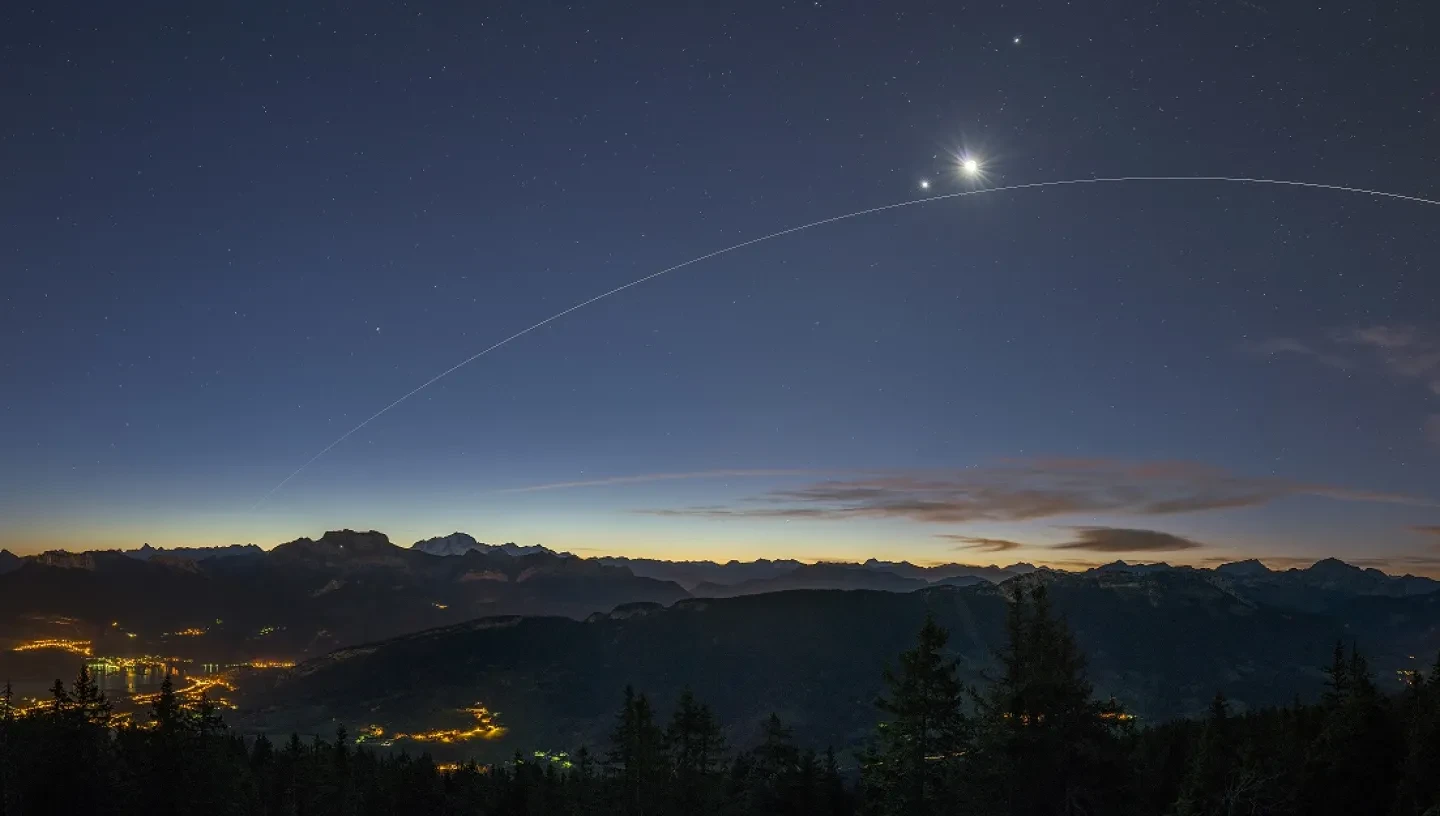
Did you see a bright object in the sky, and are wondering what exactly it was you saw? Let's run through a few options based on the characteristics of the object:
Planets
If you saw a very bright point of white light, the chances are it’s Jupiter or Venus (or, if it had an orange hue, occasionally Mars can be very bright). Planets will appear to move across the sky as the Earth turns, keeping their position relative to the surrounding stars.
Unlike stars, planets generally don’t twinkle as they have an apparent diameter large enough that the effect of turbulence in the Earth’s atmosphere averages out.
Jupiter and Venus can both be strikingly bright. At maximum brightness Jupiter is four times and Venus 19 times as brilliant as Sirius, the next brightest star after the Sun. Around once every 17 years, Mars can be as bright as Jupiter.
You can use a stargazing app and point it at the object, which will let you know whether it's a planet or a star you're looking at.
Stars
If the object you saw twinkled (possibly appearing to change colour as it does so) then it was probably a star.
For example, in winter in Britain Sirius is visible and shows exactly this behaviour, appearing to flash blue and red and a range of other colours.
Aeroplanes and satellites
Closer to home, if an aeroplane is flying directly towards you, it can appear to be stationary for a while (although the flashing landing lights may be visible) and can also be confused with a star or planet. However at some point the aircraft will appear to veer sideways or upwards as it passes by.
Many artificial satellites are also visible to the unaided eye and can be brighter than many stars, caused by sunlight bouncing off of their (often huge) solar panels. Satellites typically take about two minutes to cross the sky from one horizon to another and may have blinking lights. They fade out if they enter the Earth’s shadow.
Comets, meteors and meteorites
Although visible comets with their spectacular tails are quite rare and you would be wise to look up the next expected visit, they do leave a large quantity of space debris in their wake.
When the Earth passes through these debris fields, we see meteors or shooting stars as these bits of dust burn up in our atmosphere.
If the bright object you saw appeared to flash bright white, was moving and faded away quickly, it was likely a meteor.
If it was exceptionally bright, it could have been a 'fireball' meteor, which are meteors that burn brighter than the brightest planets.
Occasionally a larger object smashes through the atmosphere and hits the Earth. This is a meteorite and will have come from an asteroid.
UFOs
Disappointingly, perhaps, UFOs don’t exist. Or do they? The truth is out there.
Header image: ISS under Venus and the Moon © Philippe Jacquot
